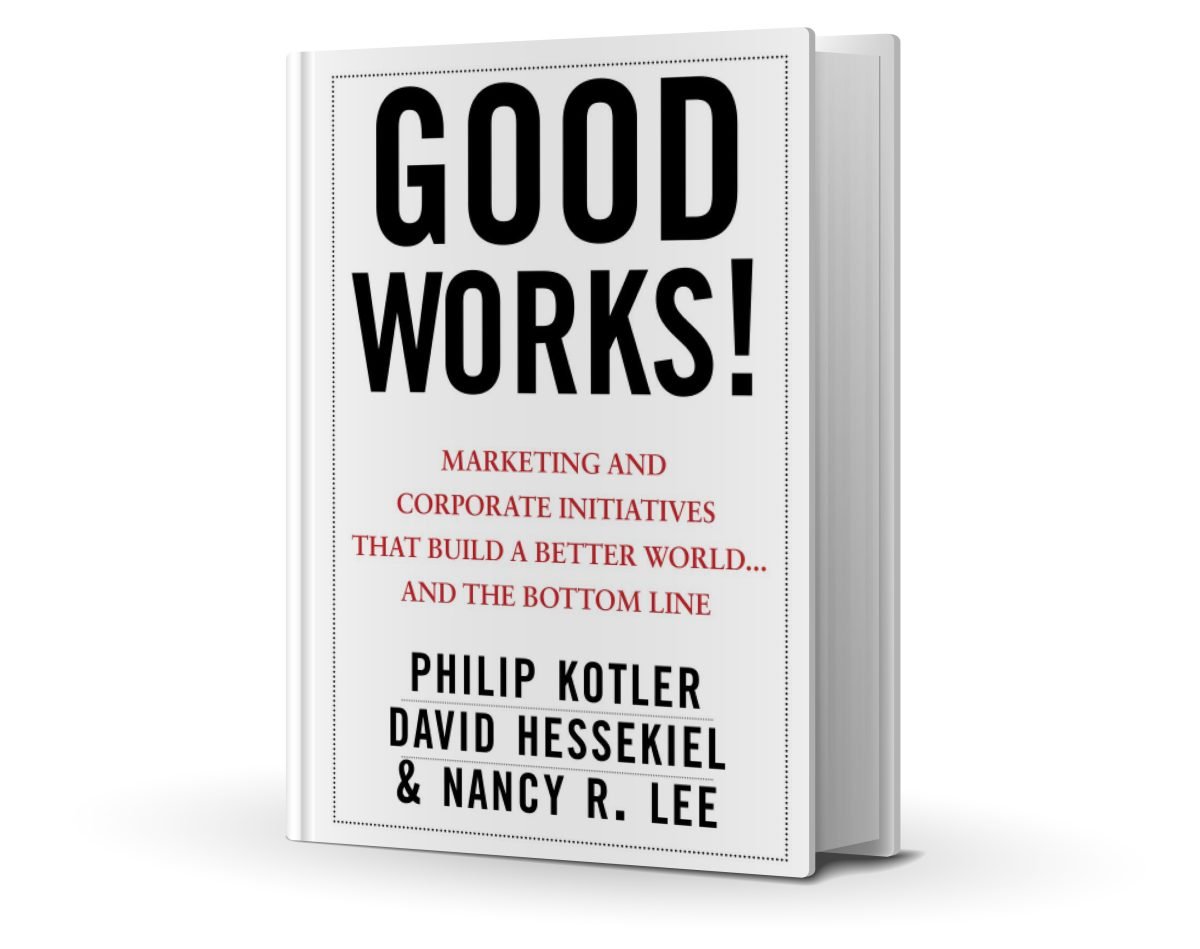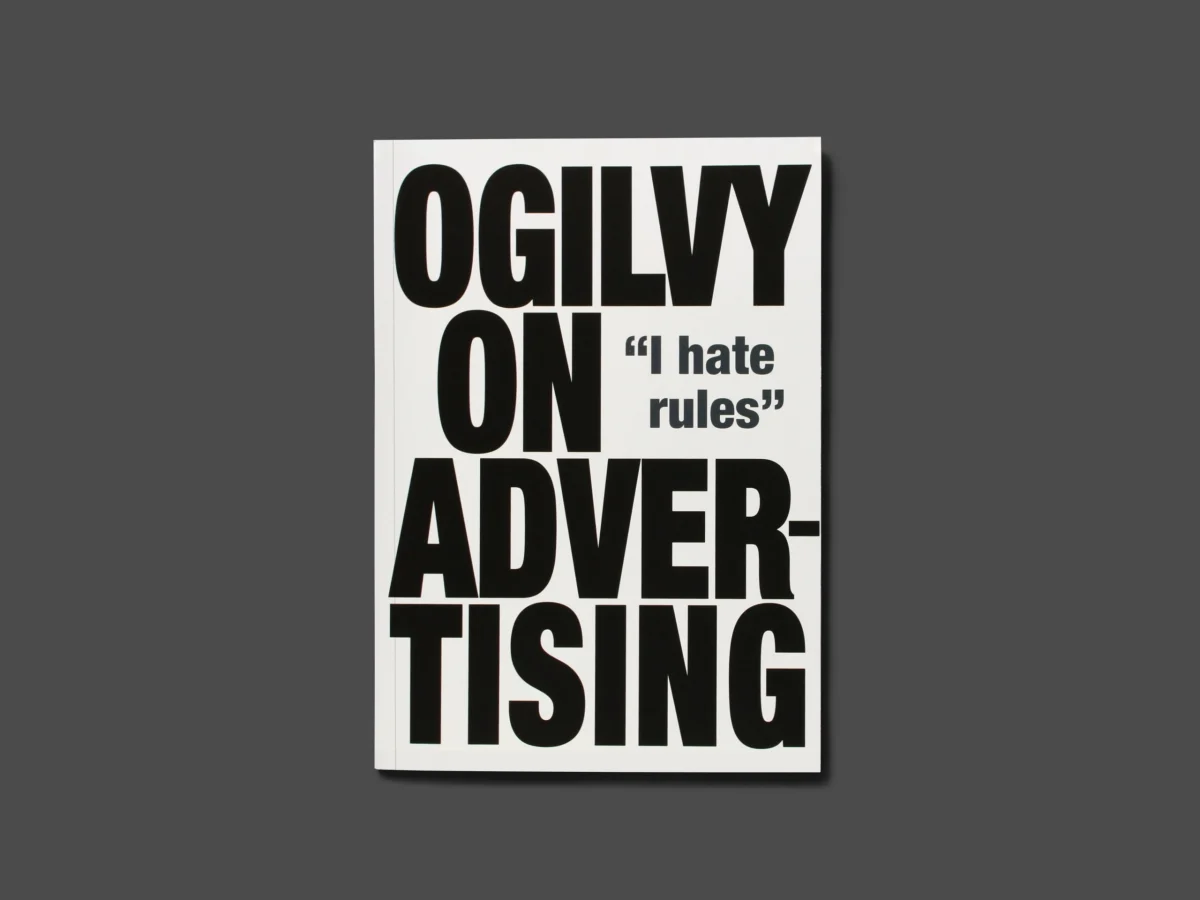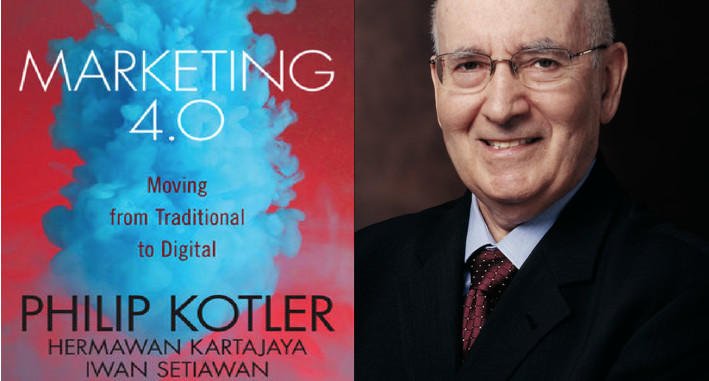In today’s competitive digital landscape, launching a mobile app is only the beginning. The real challenge lies in capturing user attention, driving app downloads, and fostering long-term engagement. To achieve this, a well-orchestrated mobile app campaign is essential—one that leverages the unique strengths of platforms like Meta (Facebook and Instagram), Snapchat, YouTube, LinkedIn, Twitter, and Google Display Network (GDN). But how do you effectively manage such a diverse campaign, track success, optimize spend, and ultimately drive results? Let’s dive into the secrets of a multi-platform mobile app campaign that gets users downloading and engaging with your app!
Understanding the Power of Each Platform
Before we dive into the metrics and tactics, it’s important to understand the unique benefits and features of each platform. Each platform brings something different to the table, and understanding these differences is key to crafting a successful strategy.
- Meta (Facebook and Instagram): With billions of active users, Meta offers extensive reach and sophisticated targeting options, allowing you to segment audiences based on demographics, interests, behaviors, and even life events. Facebook’s app install ads are a popular choice, and Instagram’s visually-driven format is perfect for showcasing engaging app content through Stories and Reels.
- Snapchat: Known for its younger user base, Snapchat offers unique ad formats like Snap Ads, Story Ads, and Collection Ads. It’s ideal for brands targeting Gen Z and millennials, offering immersive experiences like AR lenses and filters to drive engagement and app installs.
- YouTube: The world’s second-largest search engine, YouTube is a powerful platform for video ads. Its TrueView for Action ads are particularly effective for driving app downloads, as they allow viewers to take immediate action after watching an ad. YouTube’s detailed targeting options, such as custom intent audiences, help reach users actively searching for related content.
- LinkedIn: If your app targets professionals or B2B audiences, LinkedIn is the platform of choice. It offers highly granular targeting based on job title, company size, industry, and more. LinkedIn’s Sponsored Content, InMail, and Text Ads can effectively drive high-quality leads and app installs from a professional audience.
- Twitter: Known for its real-time conversation nature, Twitter allows you to engage users around trending topics and events. Its App Install and App Re-Engagement ads are designed to drive downloads and re-engagement, especially effective when tied to timely and relevant content.
- Google Display Network (GDN): GDN reaches over 90% of internet users worldwide, making it ideal for broad-reaching awareness campaigns. With display ads appearing on millions of websites, GDN is perfect for retargeting users who have shown interest in your app or brand but haven’t yet installed it.
Key Metrics and KPIs to Track
To gauge the success of your mobile app campaign across these platforms, focus on the following KPIs:
- App Installs: Measure the total number of app downloads driven by your campaign.
- Cost Per Install (CPI): Understand how much it costs to acquire each user—essential for managing budgets and optimizing spend.
- Click-Through Rate (CTR): Track the percentage of ad viewers who click on your ad—an indicator of ad relevance and creative effectiveness.
- Conversion Rate: Measure the percentage of clicks that result in app installs.
- Retention Rate: Track how many users continue to use your app after the initial install, focusing on Day 1, Day 7, and Day 30 retention rates.
- Return on Ad Spend (ROAS): Calculate the revenue generated per dollar spent on advertising—a critical metric for assessing campaign profitability.
- Lifetime Value (LTV): Estimate the total revenue you can expect from a user acquired through the campaign.
Harnessing the Right Tools
To effectively track these metrics across multiple platforms, utilize a blend of tools and technologies:
- Mobile Measurement Partners (MMPs): Platforms like AppsFlyer, Adjust, Branch, and Kochava provide in-depth analytics on app installs, user engagement, and OS detection (iOS vs. Android).
- Google Analytics for Firebase: Ideal for app developers looking for detailed insights into user behavior, retention, and in-app actions.
- Platform-Specific Analytics: Each platform offers its own analytics tools (e.g., Meta Ads Manager, Snapchat Ads Manager, Google Ads, LinkedIn Campaign Manager, Twitter Ads Manager), which provide granular insights into performance on that specific platform.
- Custom Dashboards: Tools like Google Data Studio or Tableau can be used to create custom dashboards that pull data from all platforms, providing a unified view of campaign performance.
Optimizing Campaign Performance Across Platforms
To get the most out of your budget and maximize app installs, consider these optimization strategies:
1. Leverage Platform-Specific Strengths
Each platform has unique strengths. On Meta, take advantage of custom audiences and lookalike targeting to reach users similar to your best customers. For Snapchat, create immersive AR experiences that engage users in a fun and interactive way. On YouTube, leverage video ads that tell a compelling story and prompt immediate action. For LinkedIn, focus on high-quality lead generation with precise professional targeting. On Twitter, capitalize on real-time engagement around trending topics. With GDN, utilize retargeting to remind users about your app after they’ve interacted with your brand.
2. Creative Testing and Optimization
Test different ad formats and creative elements (videos, images, carousels) across platforms to see what resonates best with your audience. Use A/B testing to refine your creatives continuously. Platforms like Meta and Google offer Dynamic Creative Optimization to automatically serve the best-performing combinations of headlines, images, and calls to action.
3. Smart Bidding and Budget Allocation
Begin with a test budget to determine which platforms, audiences, and creatives perform best, then scale your budget on the top performers. Utilize automated bidding strategies like Target CPA (Cost Per Acquisition) or Maximize Conversions to optimize your spend and maximize installs.
4. Retargeting and Re-Engagement Campaigns
Use retargeting ads to reach users who clicked on your ads but didn’t install the app. Re-engagement campaigns can bring back users who installed the app but are no longer active, using personalized messages and incentives.
Crafting a Winning Report
After launching and optimizing your campaign, it’s crucial to analyze the results and report your findings. A comprehensive report should include:
- Executive Summary: Highlight key results and whether the campaign met its objectives.
- Performance Overview: Break down metrics like total installs, CPI, CTR, conversion rates, and platform performance.
- Audience Insights: Provide data on the demographics, devices, and behaviors of users who installed your app.
- Creative Performance: Analyze the effectiveness of different ad creatives and formats.
- Geographic Performance: Identify high-performing regions and suggest areas for improvement.
- Recommendations and Optimization: Offer actionable insights for future campaigns based on current performance.
Visualize Your Success
Use visual aids such as charts, graphs, and tables to make your data easy to understand and compelling. Interactive dashboards created with tools like Google Data Studio can provide stakeholders with a dynamic view of campaign performance, allowing them to explore the data in greater detail.
The Path Forward: Continuous Improvement
Your campaign doesn’t end with the report. Use the insights gained to continuously refine your strategy. Test new creatives, explore different audience segments, and adjust budget allocations as needed. The digital marketing landscape is always evolving, and staying agile is the key to long-term success.
From Insights to Action
A successful mobile app campaign is more than just a set of ads—it’s a finely tuned strategy that combines creativity with data-driven optimization across multiple platforms. By understanding each platform’s strengths, leveraging the right tools, and continually refining your approach, you can maximize your app’s reach and build a loyal user base. Ready to take your mobile app campaign to the next level? The journey starts now—analyze, optimize, and succeed!







